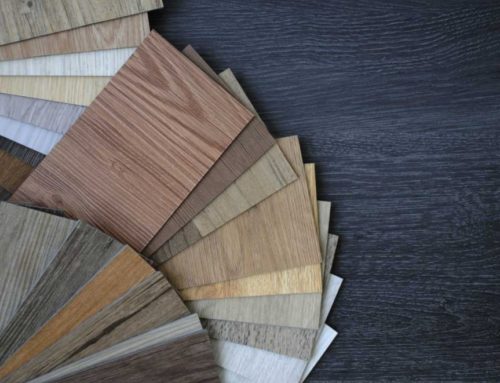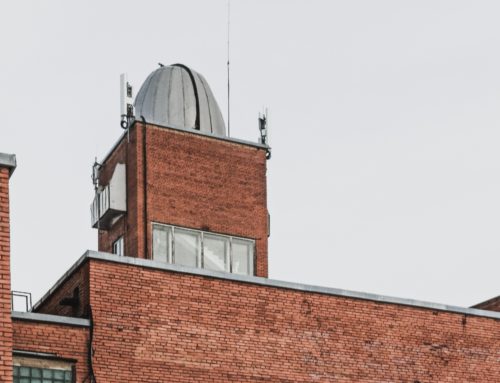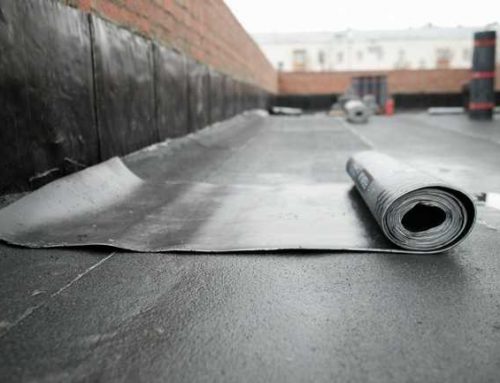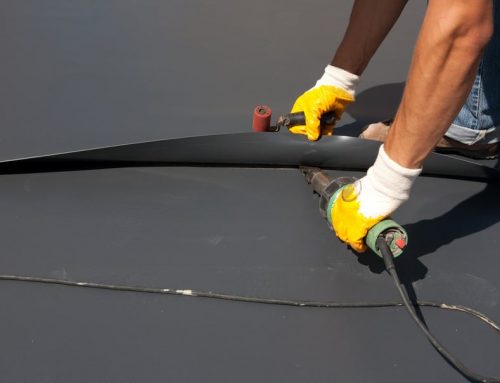Deciding between a pitched and a flat roof is a major step in any renovation or build. Both roof types bring unique strengths and trade-offs. Whether you’re improving a domestic dwelling or designing a commercial space, your roof’s form impacts design aesthetics, regulation compliance, performance, longevity, and budget.
Below, we’ll explore the key benefits and drawbacks of each roof style, with clear comparisons and insights to help you make an informed choice.
Understanding Pitched Roofs
A pitched roof consists of sloped surfaces that meet at a central ridge, forming the iconic triangular silhouette. This classic design offers multiple benefits.
The Advantages of Pitched Roofs
- Effective Drainage: Rainwater, snow, and debris slide down effortlessly thanks to the slope, reducing the chances of leaks or pooling. This improves roof longevity.
- Longevity and Durability: Pitched roofs often outlast flat systems, with lifespans up to 30–50 years, depending on materials.
- Insulation and Energy Efficiency: The steeper shape allows for generous loft insulation, helping regulate indoor temperatures and reduce energy consumption over time.
- Extra Usable Space: The attic or loft area becomes functional space, great for storage or room conversion.
- Kerb Appeal and Resale Value: Pitched roofs suit traditional architecture and often enhance property value. Prospective buyers also tend to favour their classic aesthetic.
The Disadvantages of Pitched Roofs
- Higher Cost and Complexity: Installation is labour-intensive and requires more materials and skilled craftsmanship.
- Planning Constraints: Height and roof shape may complicate planning permissions, especially in tight, urban areas, due to the impact on neighbouring property light and sightlines.
- More Complex Maintenance: Repairs can be more challenging and costly due to the geometry and access difficulties.
Exploring Flat Roofs
Flat roofs are nearly level, typically having a slight slope (up to ~10°) to direct water toward drainage. They are commonly used in modern extensions, garages, and commercial buildings.
The Advantages of Flat Roofs
- Cost-Effective: Fewer materials and simpler construction mean lower upfront expenditure.
- Speed and Simplicity: Installation is quicker and easier, especially for small-scale projects like extensions or porches.
- Extra Usable Roof Space: Ideal for rooftop terraces, solar panel installation, green roofs, or outdoor living.
- Modern Aesthetic: Flat roofs offer clean, minimalist lines in contemporary architecture.
- Ease of Access and Maintenance: A Walkable surface makes inspections and upkeep more straightforward.
The Disadvantages of Flat Roofs
- Drainage Challenges: Limited slope means water pooling is common unless the drainage system is well-designed and maintained.
- Shorter Lifespan: Typical longevity ranges from 15 to 25 years, significantly less than pitched options.
- Insulation and Energy Concerns: Flat roofs can be more difficult to insulate effectively, potentially increasing heating and cooling costs.
- Higher Maintenance in Harsh Climates: In areas with heavy rain, snow, or wind, flat roofs may need more regular inspection and repair.
- Limited Material Options: Fewer traditional finishes available; materials like EPDM, built-up, modified bitumen, or liquid membranes are typical and vary in durability.
Quick Comparison
| Feature | Pitched Roof | Flat Roof |
| Drainage | Excellent, natural runoff | Requires engineered drainage; pooling risk |
| Lifespan | Long: 30–50+ years | Shorter: 15–25 years typical |
| Upfront Cost | High: More materials and labour | Lower: Faster install, fewer materials |
| Space | Extra loft potential | Functional rooftop space |
| Thermal Performance | Easier insulation, cooler summers | Harder to insulate; risk of heat loss/gain |
| Aesthetic and Value | Classic appeal boosts resale | Sleek, modern look; style-sensitive resale |
| Maintenance | Less frequent, but harder to access | Easier access, but needs vigilance |
| Best For | Traditional homes, cold/wet climates | Extensions, modern designs, and dry climates |
Choosing the Ideal Option for You
Consider Your Climate and Weather
Do you live in an area of high rainfall or snow? Pitched roofs are safer and more resilient.
Is your property situated in dry, mild climates or urban environments? Flat roofs might work well, especially for solar panels or rooftop amenities.
Evaluate Budget and Long-Term Value
Limited budget and a desire for fast installation favour flat roofs.
Long-term durability and lower maintenance can make pitched roofs a smarter financial choice over time.
Think About Aesthetic and Property Style
For traditional brick or countryside homes, pitched roofs enhance the classic style and likely improve market appeal.
Contemporary builds or extensions benefit from the clean lines of flat roofs.
Functionality and Use
Do you need loft conversions or attic storage? Pitched roofs are the better option.
Do you want rooftop patios, gardens, or solar technology? Flat roofs deliver additional usable space.
Planning and Regulations
Local building codes may limit roof height or style, meaning pitched roofs might not always receive permission. Flat roofs can sometimes offer more compliance flexibility, but they must always be confirmed locally.
Why Trust Cooper & Williams?
With over 40 years of experience across Shropshire and beyond, Cooper & Williams specialises in both pitched and flat roofing solutions, offering repairs, full replacements, modern materials, traditional detailing, enhanced insulation, leadwork, and chimney services.
We offer expert advice tailored to your building type, budget, and aesthetic goals. Call us at 01743 850711 or find your perfect roofing solution on our website.
Final Word
Whether you lean toward a pitched roof’s timeless durability and loft potential or prefer the modern style and rooftop utility of a flat roof, the best choice aligns with your building’s design, climate, budget, and functionality needs.





